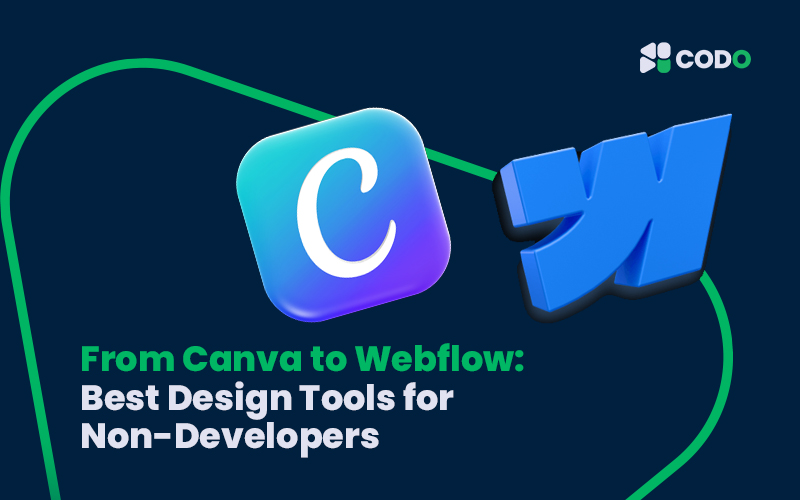Creating a Sports Club Website Using WordPress
Thu, 01 May 2025

Follow the stories of academics and their research expeditions

Discover the top design tools—from Canva to Webflow—that empower non-developers to create professional websites and graphics. Bonus: Why learning the Best Web Design and Development Course in Kerala can take your skills even further.
In the past, creating stunning visuals or professional websites required expert-level coding or design skills. But not anymore! Thanks to modern no-code and low-code tools, non-developers can now build beautiful websites, logos, social media posts, and more—all without touching a single line of code.
Let’s explore the best tools for non-developers and how learning Web Design and Development can help you go from hobbyist to pro.
1. Canva – For Quick, Beautiful Graphics
Canva is the go-to design platform for creating everything from Instagram posts to presentations. It offers a simple drag-and-drop interface that even kids can use.
Key Features:
• Thousands of templates
• Easy drag-and-drop design
• Free and premium versions
• Great for resumes, posters, and social media
Best For: Marketers, small business owners, content creators
2. Webflow – The Website Builder for Designers
Webflow bridges the gap between design and development. It’s a visual website builder that generates clean code in the background.
Key Features:
• Pixel-perfect design control
• Visual CSS and HTML editor
• CMS integration
• Animations and interactions
Best For: Designers, freelancers, advanced creators
3. Figma – Collaborative Design Made Easy
Figma is a powerful tool for UI/UX design. It works directly in your browser and allows real-time collaboration, making it perfect for teams.
Key Features:
• Real-time collaboration
• Interactive prototypes
• Easy handoff for developers
• Works on all devices
Best For: UI/UX designers, product managers, developers
4. Elementor (for WordPress) – Web Design Without Code
Elementor turns WordPress into a drag-and-drop builder. It’s super popular for people who want to build websites without coding.
Key Features:
• Drag-and-drop interface
• Live design previews
• Widgets and templates
• Great for personal or business websites
Best For: Bloggers, business owners, freelancers
5. Adobe Express – Fast and Fun Content Creation
Adobe Express (formerly Spark) lets you design quick visuals for social media, ads, and branding materials.
Key Features:
• Branded content templates
• Easy animation tools
• Stock images included
• One-click resizing for different platforms
Best For: Social media marketers, entrepreneurs
Why These Tools Work for Non-Developers
• No coding required: Anyone can use them with a bit of practice
• Affordable or free: Great for startups or solo creators
• Professional results: Templates and features make it easy to look good
These tools are fantastic to get started, but to truly master design and build complex websites, understanding the basics of Web Design and Development is key.
Why Learn Web Design and Development?
While tools like Canva and Webflow are amazing, they do have limitations. When you learn real Web Design and Development, you gain:
• Full creative freedom
• Better website performance
• Job-ready skills
• Higher career potential
If you’re in Kerala and serious about building a career in tech, the Best Web Design and Development Course in Kerala offered by Codo Academy is a smart investment. It includes hands-on training, real projects, and both front-end and back-end development knowledge.
Conclusion
Whether you’re designing a logo or launching a website, tools like Canva, Webflow, and Figma make it easier than ever for non-developers to shine online. But if you’re dreaming of turning your creativity into a career, start learning real development today.
Start with drag-and-drop, and level up with code.
Thu, 01 May 2025

Wed, 30 Apr 2025

Wed, 30 Apr 2025

Leave a comment